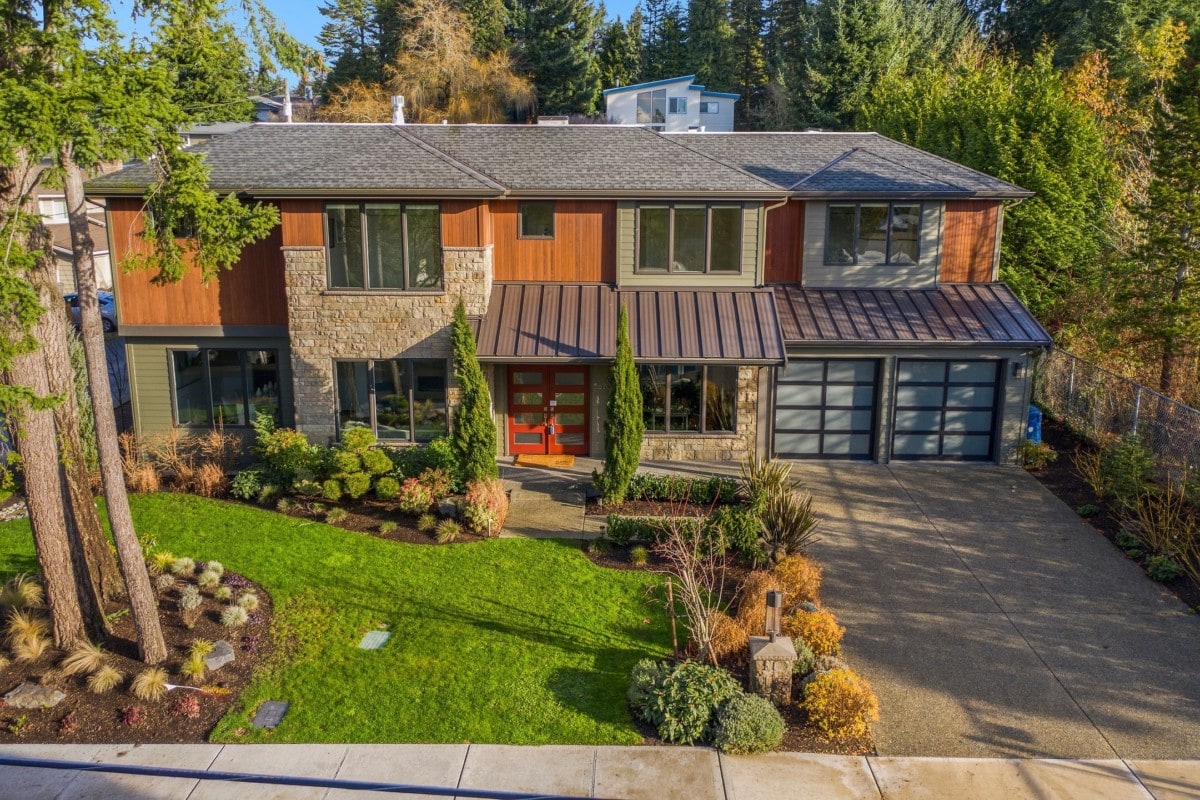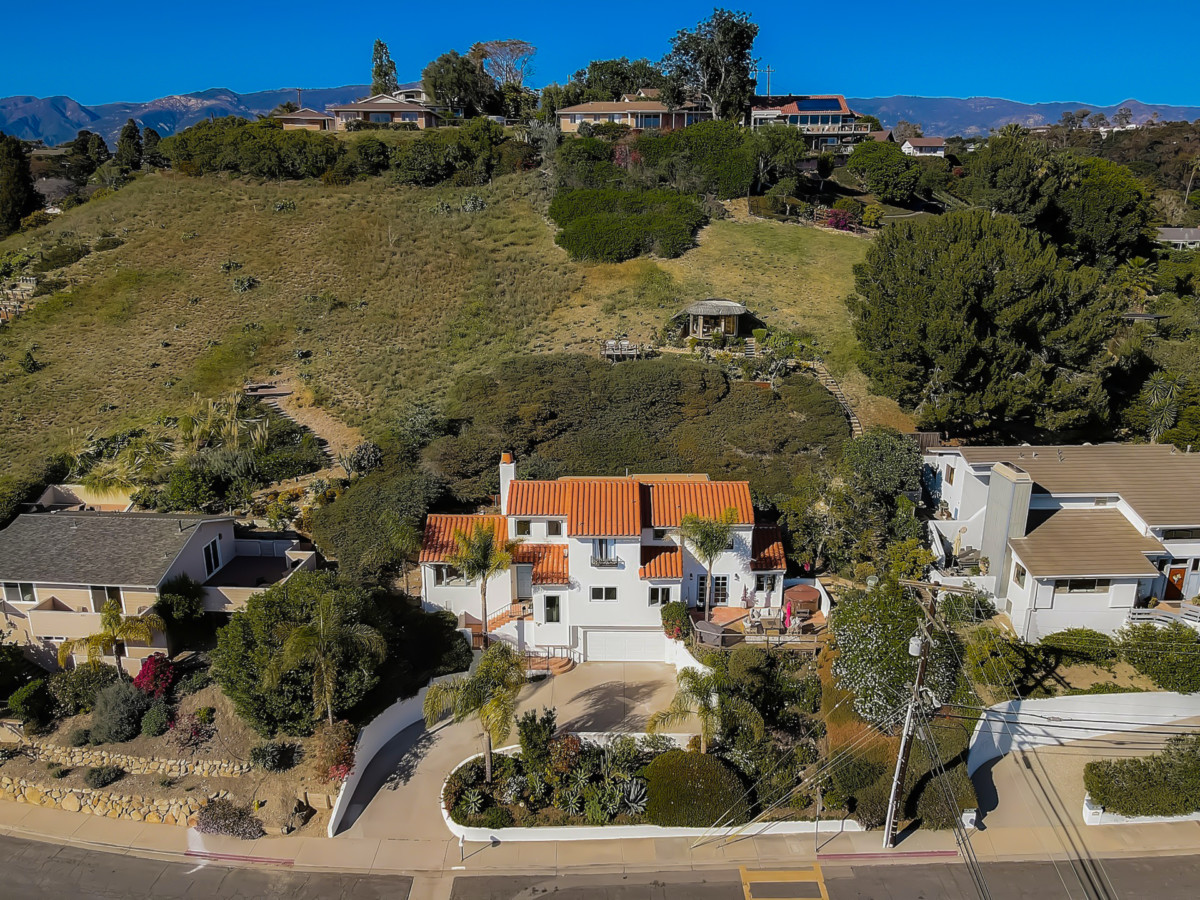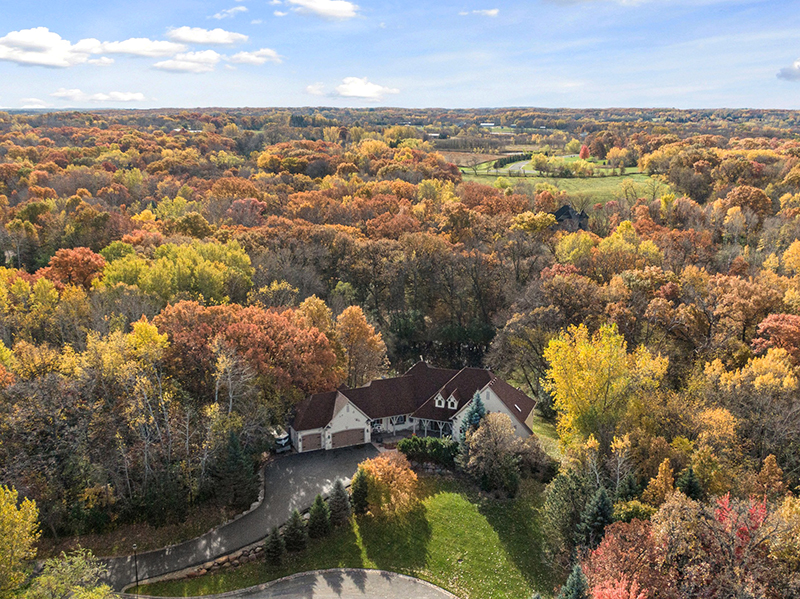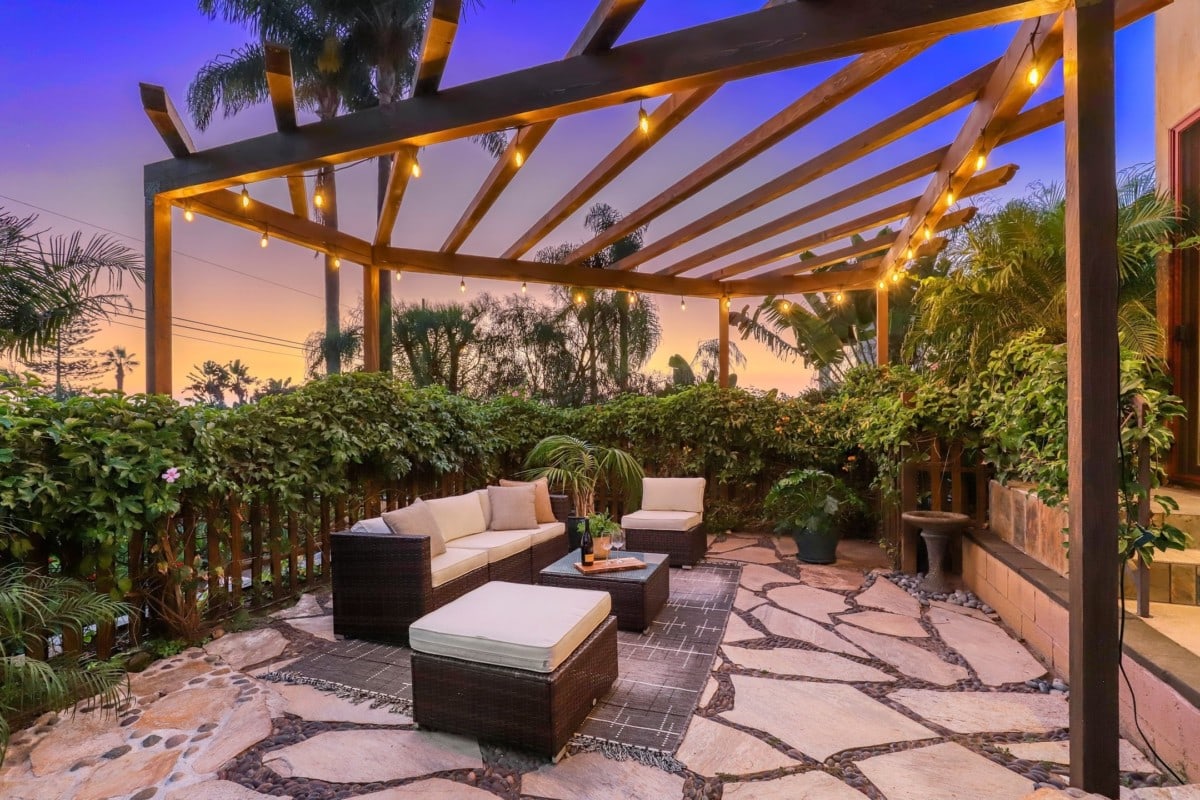What Does Homeowners Insurance Typically Cover in Fire-Prone Areas?
When you buy a home, you’ll need to have home insurance to cover a variety of unexpected events that could do damage to your home. Typically, your homeowner’s insurance policy includes coverage for repairs in the event your home is damaged in a fire. But if your home is located in high-risk areas for fire damage like Colorado Springs, CO, or Oklahoma City, OK, you may need to purchase a separate wildfire insurance policy.
To help you prepare for unforeseen wildfire damage and determine if you’ll need to purchase a separate wildfire insurance policy, here’s a breakdown of what repairs your homeowner’s insurance likely covers in fire-prone areas.

Does my homeowner’s insurance cover damage caused by wildfires?
Generally, your homeowner’s insurance policy covers damage from fire, including wildfires. For example, if a wildfire damages your house, the policy typically includes coverage to help repair or rebuild your home and other structures. Some insurance policies may also cover the cost of temporary housing, replacing your belongings, and restoring landscaping. However, the cost and extent of coverage can vary based on the policy and the wildfire risk in your geographic area.
Check your policy to understand your deductible and specific coverage details for wildfire damage to your dwelling, personal property, other structures, and landscaping such as trees or shrubs.

What types of coverage can a homeowners insurance policy provide for fire damage?
Homeowner’s insurance generally provides three types of coverage: dwelling coverage, coverage for other structures on the property, and personal property coverage. If your policy includes coverage for fire damage, here’s what may be covered under each:
Dwelling coverage
Dwelling coverage usually pays to replace or rebuild the physical structure of the home and attached structures, like a garage or deck. Your policy will specify limits to the amount it will pay to rebuild the entire house, based on a formula that factors in materials and local labor costs. Keep in mind that labor and building material costs have gone up significantly recently. It would be best to review your policy to ensure you are covered at the current costs of labor and materials for your area.
Depending on your homeowners insurance your property’s trees, shrubs, plants, and lawn may be covered. If your policy provides landscape coverage, it typically covers up to a certain percentage of your dwelling coverage. For example, if you have 20% coverage for these items and $350,000 in dwelling coverage, you would have up to $70,000 to replace your landscape. There are usually limits to coverage, so it’s best to find out what your specific policy covers.
Coverage for “other structures”
Coverage for “other structures” allows you to replace items not attached to your house. These may include sheds, fences, or a detached garage. This coverage is typically calculated as a percentage of your dwelling coverage. For example, if your coverage for other structures is set at 10% of your dwelling coverage and you have $350,000 in dwelling coverage, you would have a $35,000 limit for other structures. It’s a good idea to review and update your policy if you recently added any structures, like an in-ground pool or gazebo, to ensure you have adequate coverage.
Personal property coverage
Personal property coverage applies to your belongings. Your homeowners insurance policy may cover personal belongings like appliances, furniture, art, clothing, sporting equipment, tools, and electronics, among others. Limits for this coverage are usually set between 50% to 70% of your dwelling coverage. For example, with $350,000 in dwelling coverage and a personal property limit set at 50%, you would have $175,000 to replace your belongings.
Are additional living expenses covered?
Should you suffer “loss of use” because you can’t live in your home due to damage caused by a wildfire, coverage for additional living expenses may be included. Depending on your policy, this coverage might pay for expenses such as a hotel stay, pet boarding, restaurant bills, and even laundry services. If local authorities require you to evacuate, this coverage may also apply.
Additional living expenses coverage is typically set at a percentage of your dwelling coverage. For example, if your coverage is 25% of your dwelling coverage and you have $350,000 for dwelling coverage, you would have up to $87,500 for living expenses incurred due to loss of use. It’s always best to check your policy to understand your policy’s specific coverage regarding fire damage to your home and belongings.
Does renters insurance cover wildfire damage?
Whether you’re looking for a rental home in a place that happens to be in a wildfire prone area, like renting an apartment in Sacramento, CA, you’re in luck. Renters insurance covers damage related to wildfires, even if you’re living in a high risk fire area. You won’t need to purchase an additional fire insurance policy as your existing rental insurance covers your personal belongings, additional living expenses, and loss of use.
Does condo insurance cover wildfires?
Like renters insurance coverage, if you live in a condo and have condo insurance, your policy will likely cover wildfire damage. The main difference in policy coverage compared to a standard homeowners insurance policy is that condo insurance only covers damage to the “inside walls” of your condo. The homeowners association’s insurance policy should cover damage to the walls of your property or exterior. However, it’s always a good idea to make sure what the HOA’s insurance policy covers, especially if you live in a fire prone area.

How do I purchase homeowners insurance in fire-prone areas?
While many homeowner’s insurance policies have coverage for fire damage, this may be dependent on the fire risk in your area. For homes in high risk areas, some insurance companies may increase deductibles, charge higher premiums, cap payouts, or even decline to issue policies.
Should your insurance company decline to issue coverage for fire damage, you’ll need to purchase a separate wildfire insurance policy. When looking for wildfire insurance carriers you may be able to purchase an insurance policy through a surplus line carrier, premier carrier, or through the FAIR plan.
Surplus line carriers
Surplus line carriers offer insurance coverage for homeowners who have been denied coverage by a standard home insurance company. Policies through surplus line carriers tend to be more expensive than typical homeowner’s insurance.
Premier insurance carriers
Premier carriers generally offer insurance policies for homes valued over $1 million located in high-risk fire areas. These policies generally offer loss prevention and private firefighting services. For those in need of wildfire insurance, surplus line or premier carriers may be the right option to protect your home.
FAIR plan coverage
If you can’t find homeowners insurance in your area, you might need to turn to your state’s Fair Access to Insurance Requirements (FAIR) Plan. The FAIR plan offers insurance policies to homeowners who live in high-risk locations that cannot get standard homeowner’s insurance. Keep in mind that insurance policies through the FAIR plan do not necessarily cost less than a regular homeowner’s insurance and tend to be limited in their coverage.
You may be able to get a policy through your state’s FAIR plan if a certain number of insurers have declined to provide coverage for your home. States can have different qualifications, and some may require that you attempt to get a traditional homeowner’s insurance policy before inquiring about coverage under the FAIR plan.
Takeaways for homeowners in fire prone areas
When you live in a fire prone area, it’s important to understand what your homeowner’s insurance covers or if you’ll need a separate wildfire insurance policy so that you’re adequately insured. Prevention is also key to mitigating any damage from a fire. In addition to having the right insurance policy, there are steps you can take to fireproof your home from wildfires. There are many ways to prepare this fire season, whether you’re living in a dry climate or in high fire risk areas.
Redfin does not provide legal, financial, or insurance advice. This article is for informational purposes only, and is not a substitute for professional advice from a licensed attorney, financial advisor, or insurance professional.
The post What Does Homeowners Insurance Typically Cover in Fire-Prone Areas? appeared first on Redfin | Real Estate Tips for Home Buying, Selling & More.

